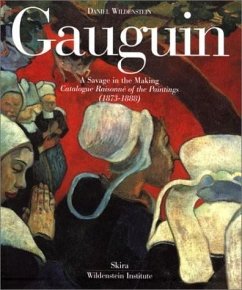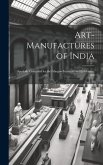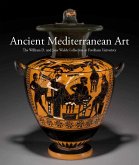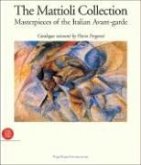A century after the death of Paul Gauguin, our knowledge of his life and work has made huge strides. The present work covers the youth and early maturity of this pioneering artist and attempts a summation. It also offers a complete catalogue of the paintings, in the process thoroughly updating the original Wildenstein catalogue of 1964. These first two volumes take the reader through to the end of 1888, a year of profound upheavel in French painting. That was the year in which Gauguin and his friends, by a collaborative effort, arrived at Synthetism and, by rejecting representation in depth, freed Western painting of laws that had governed it since the Renaissance. Synthetism was also a form of primitivism. The society in which Gauguin lived was--already--a technical and materialist one, which contained the seeds of all that the 20th century became. Gauguin was one of the first to seek, in reaction to this civilization, a form of inspiration deriving from the timeless origins of humanity. Although these two volumes are the product of rigorous research, they are studded with illustrations and are by no means intended for specialists alone. Commentary on each work offers a step-by-step analysis of Gauguin's artistic development, while reconstructing the artist's experience and the aesthetic and socio-cultural issues of his times. The lively detail of the chronology describes the events of Gauguin's life, along with those of his friends; thanks to extensive research in unpublished archives, it also casts completely new light on Gauguin's ancestry. The introduction offers an analysis of the period and an in-depth portrait of this great artist. This exhaustive work is carefully designed so that each entry and insert can be read in isolation, though a system of cross-referencing ensures the continuity of the work and restores the overall trajectory of Gauguin's development.








